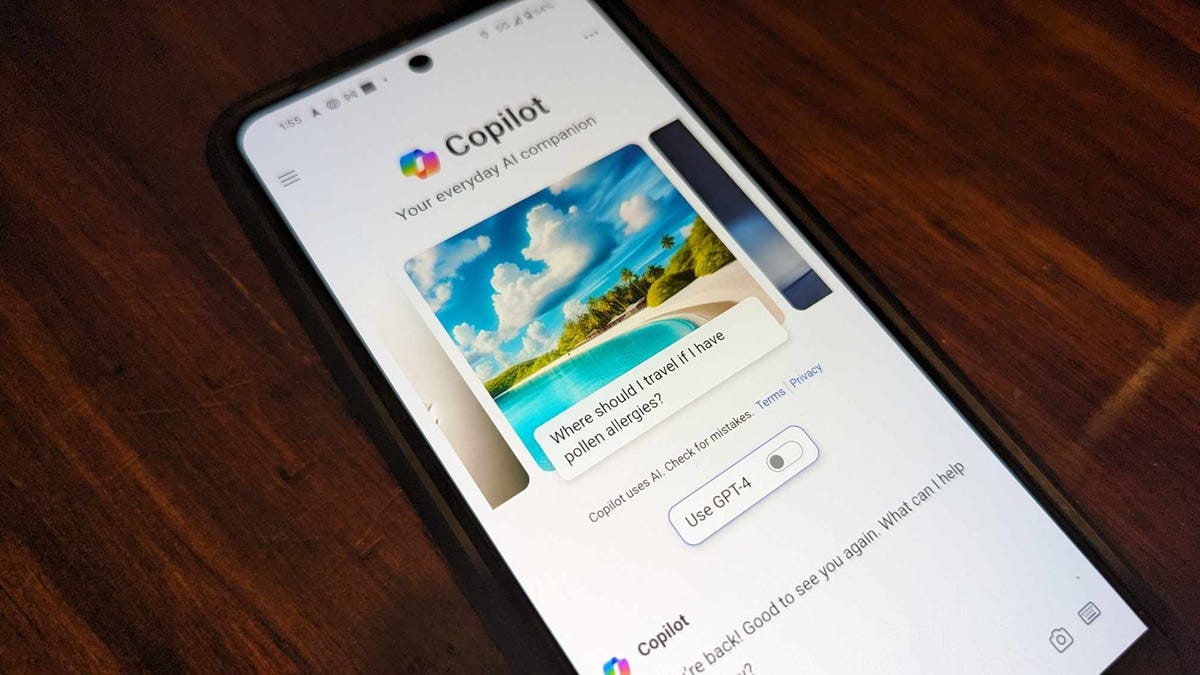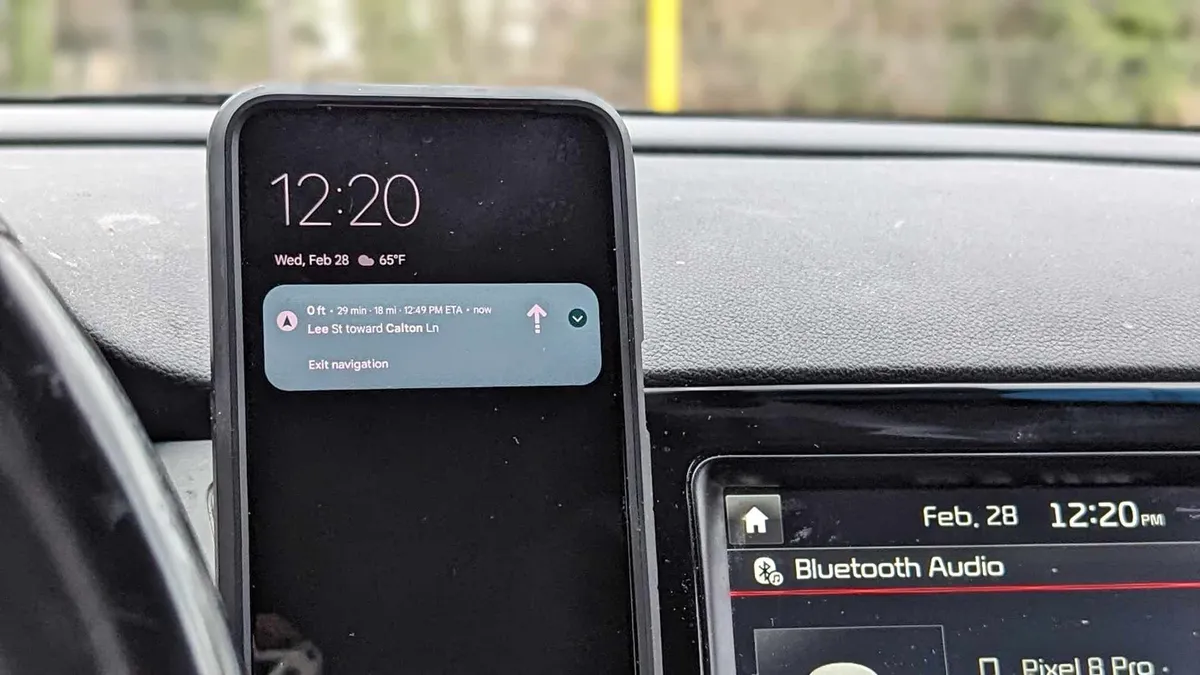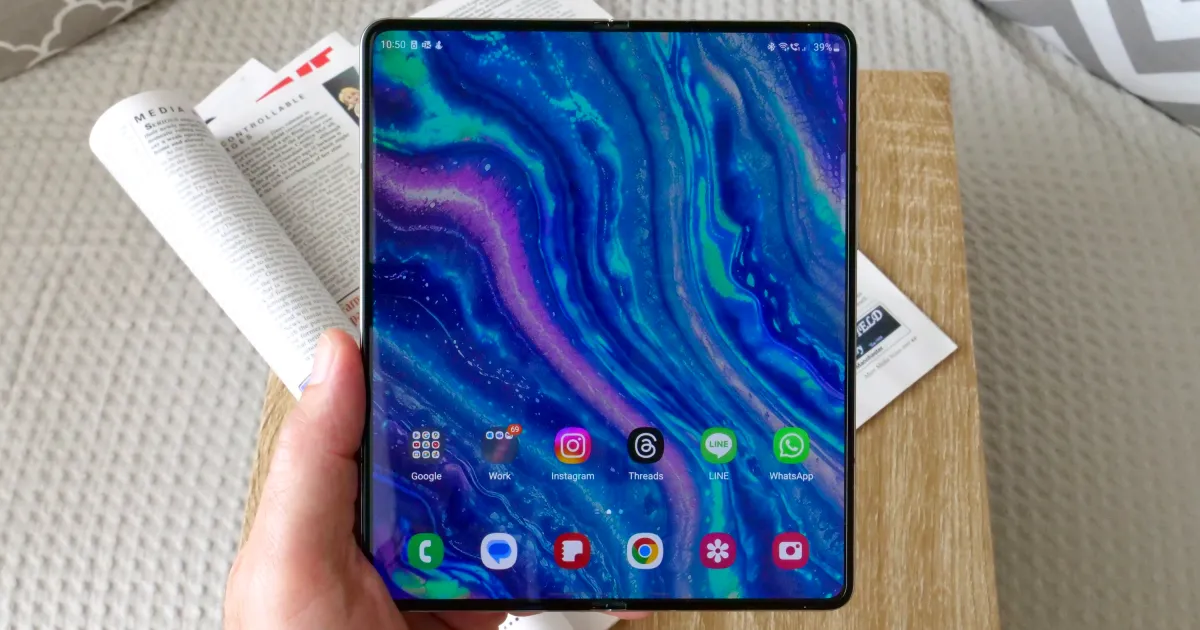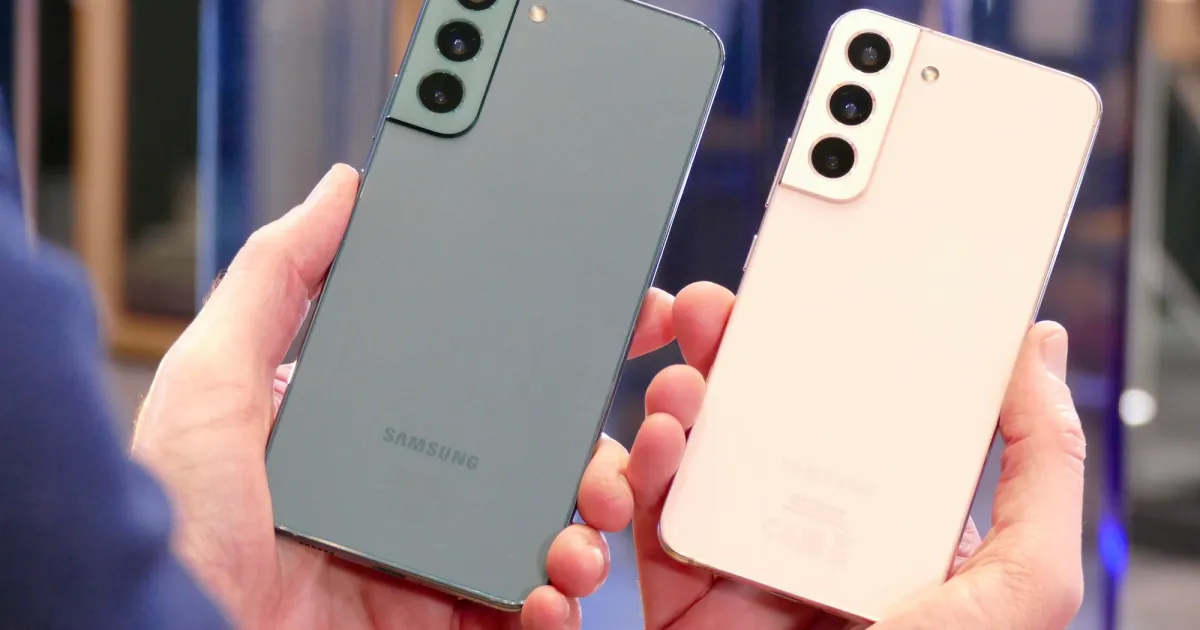Are Simple Fitness Trackers Making a Comeback as Smart Rings? 🤔💍
Smart rings continue the fitness tracker legacy.
If you wanted to track your workouts and steps in 2013, you probably had a wristband from Fitbit, Jawbone, or Nike on your wrist. Now, more than 10 years later, the wearable tech world looks much different.
Gone are the simple, screen-free fitness bands that adorned our wrists long before the Apple Watch arrived. Many early players that dominated the fitness tracking scene have either shifted their focus to smartwatches, been acquired by larger companies making smartwatches, or exited the wearables market entirely. The fitness bands that exist today have largely adopted the qualities of smartwatches, offering colorful screens that can show incoming notifications, calls, and alerts.
But what if I said simple fitness trackers are poised for a comeback?
🌟 Enter the Smart Rings 🌟
Sleek health-tracking devices without screens are gaining interest in 2024, but in a much different form: smart rings. Samsung made headlines in January and again this week at Mobile World Congress with its Galaxy Ring, a new device for monitoring activity, health, and sleep that will be launching later this year. It’s yet another sign that there’s merit behind the idea of a device that primarily functions as a standalone health tracker, unlike today’s smartwatches, which can do everything from track your heart rate to serving as a miniature phone or a digital car key.
Samsung is far from being the first to launch a smart ring; early entrants like Oura paved the way. But with CNBC reporting that Chinese tech maker Honor is also working on a smart ring, and Apple experimenting with the idea of a smart ring, according to Bloomberg, there’s more attention than ever on these tiny fitness monitors disguised as jewelry.
🤝 The Similarities between Smart Rings and Fitness Trackers
On a basic level, fitness bands and smart rings serve the same purpose. Devices like the Oura Ring, Evie Ring, and Ultrahuman Ring Air aim to deliver metrics about your activity, sleep, and overall well-being.
For example, the Oura Ring provides a Readiness Score that indicates whether you’re rested enough for a hard workout or should take it easy. The Evie Ring was created with women’s health in mind and can detect sleep, steps, blood oxygen levels, and heart rate, in addition to offering period logging. The Ultrahuman Air measures bodily signals and sleep to provide health tips and insights.
Based on what we know about the Galaxy Ring, it sounds like Samsung’s approach will follow suit. The ring will support Samsung’s new My Vitality Score feature, which, like Oura’s Readiness Score, ties multiple metrics together to provide big-picture takeaways about your current state based on factors like sleep and activity.
So what do these rings have in common with fitness bands? For one, none of them are particularly concerned with “smart” features, like relaying notifications and messages from your phone. Smart rings also blend in more seamlessly with every attire than smartwatches, much like those understated fitness bands from 10 years ago. They may look a little larger or chunkier than your average wedding band, but smart rings generally resemble ordinary pieces of jewelry.
That sounds a lot like early fitness straps such as the Jawbone Up and Misfit Shine. Like today’s smart rings, those fitness bands of yesteryear had a display-free, subtle look and were primarily designed for fitness and sleep tracking. “The Up is designed to be worn 24 hours a day, seven days a week, all to paint a detailed picture of your health and prod you to move more,” former ENBLE senior writer Brian Bennett wrote in his 2012 review of the Jawbone Up. That same description could easily apply to the Oura ring.
While there is notable overlap between the intended audiences for smart rings and fitness bands, there are some important differences between the two. For one, modern smart rings can measure all sorts of metrics that didn’t exist on cheaper fitness bands back in the day, such as temperature and blood oxygen.
And that means there’s some discrepancy in their use cases. Both smart rings and fitness bands can measure workouts. But rings tend to skew toward passively monitoring health metrics, while wristbands are more focused on logging exercise, says Thomas Husson, vice president and analyst at market research firm Forrester. “I see an audience maybe a bit more focused on the digital self, people who care about their heart rate or sleeping patterns, who need to be reassured about it daily,” Husson said in reference to smart rings.
Unlike the examples above, plenty of fitness bands also have displays, especially recent models. Even the Fitbit Flex had a tiny screen for showing progress toward your goals, although it was a far cry from the bright colorful touchscreen on today’s Fitbit Charge 6. Fitness bands are also generally seen as a cheaper alternative to smartwatches, while smart rings are roughly the same price as, and sometimes even more expensive than, certain watches. The Oura ring, for example, starts at $299, while the Evie ring costs $269, compared with the $249 Apple Watch SE. And that’s not including the cost of Oura’s $6 monthly subscription service, which is required to unlock most of the Oura Ring 3’s features.
But let’s not forget that today’s smart ring market looks a lot like the fitness band space a decade ago. Aside from Nike, the leaders in the fitness band market largely consisted of smaller niche brands like Jawbone, Misfit, and Fitbit in the early 2010s, although big brands like Microsoft and Samsung did eventually launch wristbands of their own. Today, it’s Oura, Movano Health (the company behind the Evie ring), Ultrahuman, and Circular that come up most frequently in the smart ring discussion. Now Samsung is the first household name in the consumer electronics industry to officially join the smart ring race.
💔 Fitness Bands Are Fading
Fitness bands may have helped jumpstart the wearables craze a decade ago, but they’ve since been overshadowed by smartwatches. Shipments of basic bands are expected to fall to just 12% by 2027, according to market research firm Canalys, as cheaper watches and smartwatches continue to gain traction.
Ramon Llamas, research director at the International Data Corporation, also says the company’s figures suggest fitness band sales are dwindling. While 14 million fitness band units were estimated to have been shipped in the US in 2015, that number has dropped to around two to 2.5 million, Llamas said.
There’s a simple reason why smartwatches have become our preferred wrist-worn gadget. People simply want more out of their devices. And as technology evolved over the past 10 years, smartwatches have been able to provide exactly that.
“As we’ve seen with the success of the Apple Watch, a number of [Google] Wear OS watches, and a bunch of others, people want to use this to control their music, get their notifications, access their smart home,” Llamas said. “And suddenly, it’s not just a smartwatch; it’s also almost kind of like a digital assistant.”
That begs the question of whether smart rings will stand a chance in a market that’s clearly already dominated by smartwatches. Perhaps the increased interest in health and wellness could work in their favor. Back in the early 2010s, the idea of tracking your steps and health metrics was still new and unfamiliar to most.
But in 2024, shoppers are eager to spend on health-oriented products, with a report from McKinsey & Company estimating the US wellness market to be worth $480 billion and growing by 5% to 10% per year. The report also found fitness, which includes club memberships, classes, and wearable devices, to be among the biggest spending categories within the sector.
But if one thing is certain, it’s that smart rings are having a moment. And fitness trackers have certainly left a big hole for them to fill.
✨✨✨
🎥 Video: Samsung Galaxy Ring
📷 Image: Jawbone UP
📚 References:
- Samsung Galaxy Ring
- Smartwatches in 2024
- The Oura Ring
- The Evie Ring
- The Ultrahuman Ring Air
- How Fitbit Wants AI to Help You Reach Your Fitness Goals
- Canalys Research Report
- Report from McKinsey & Company
📢 What do you think about the shift towards smart rings? Are you more inclined to wear a smart ring or a smartwatch? Share your thoughts in the comments below and don’t forget to like and share this article! Let’s join the discussion! 👇👇👇






